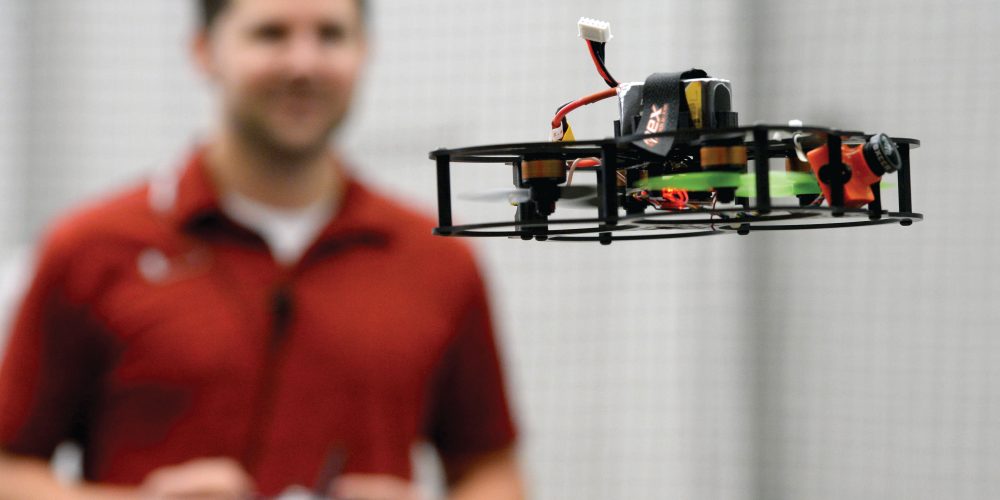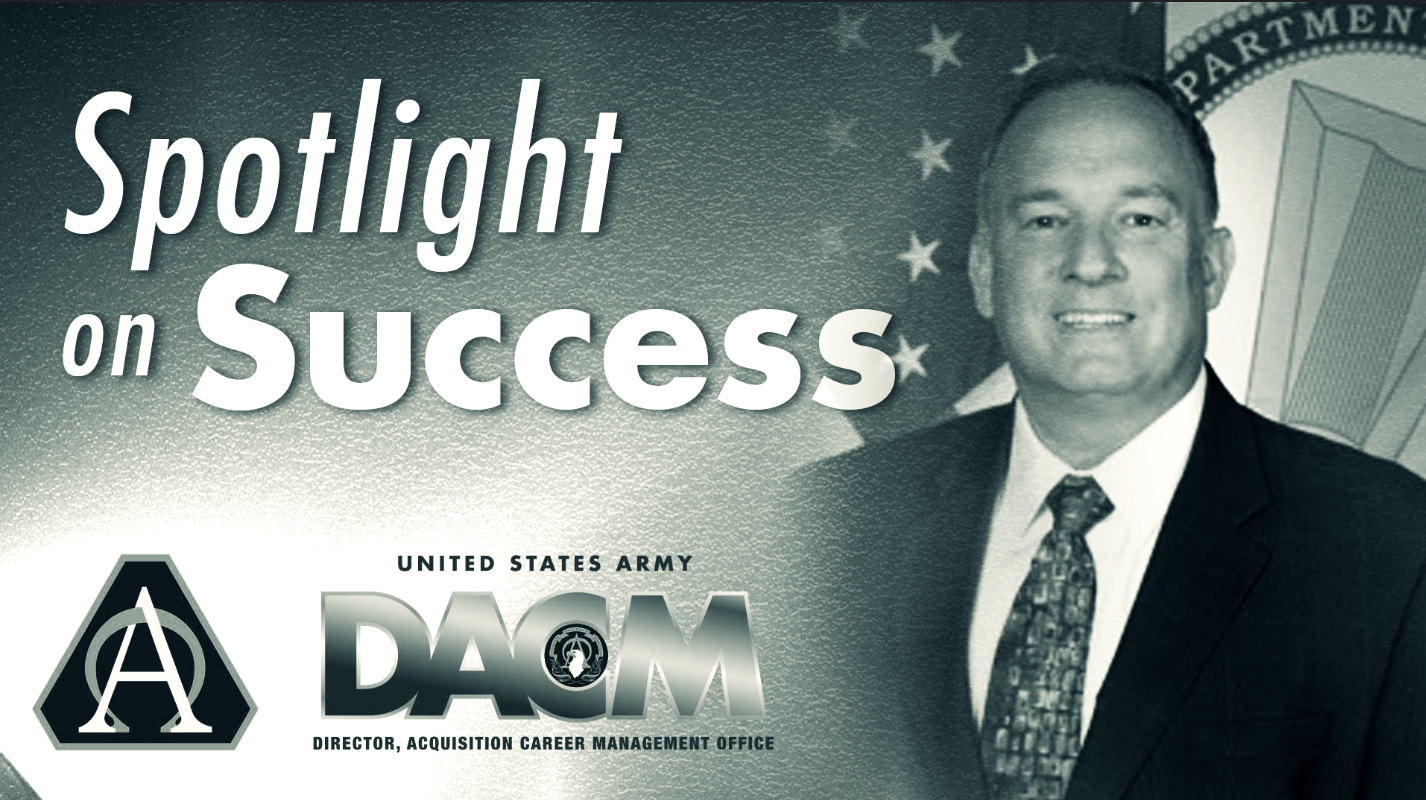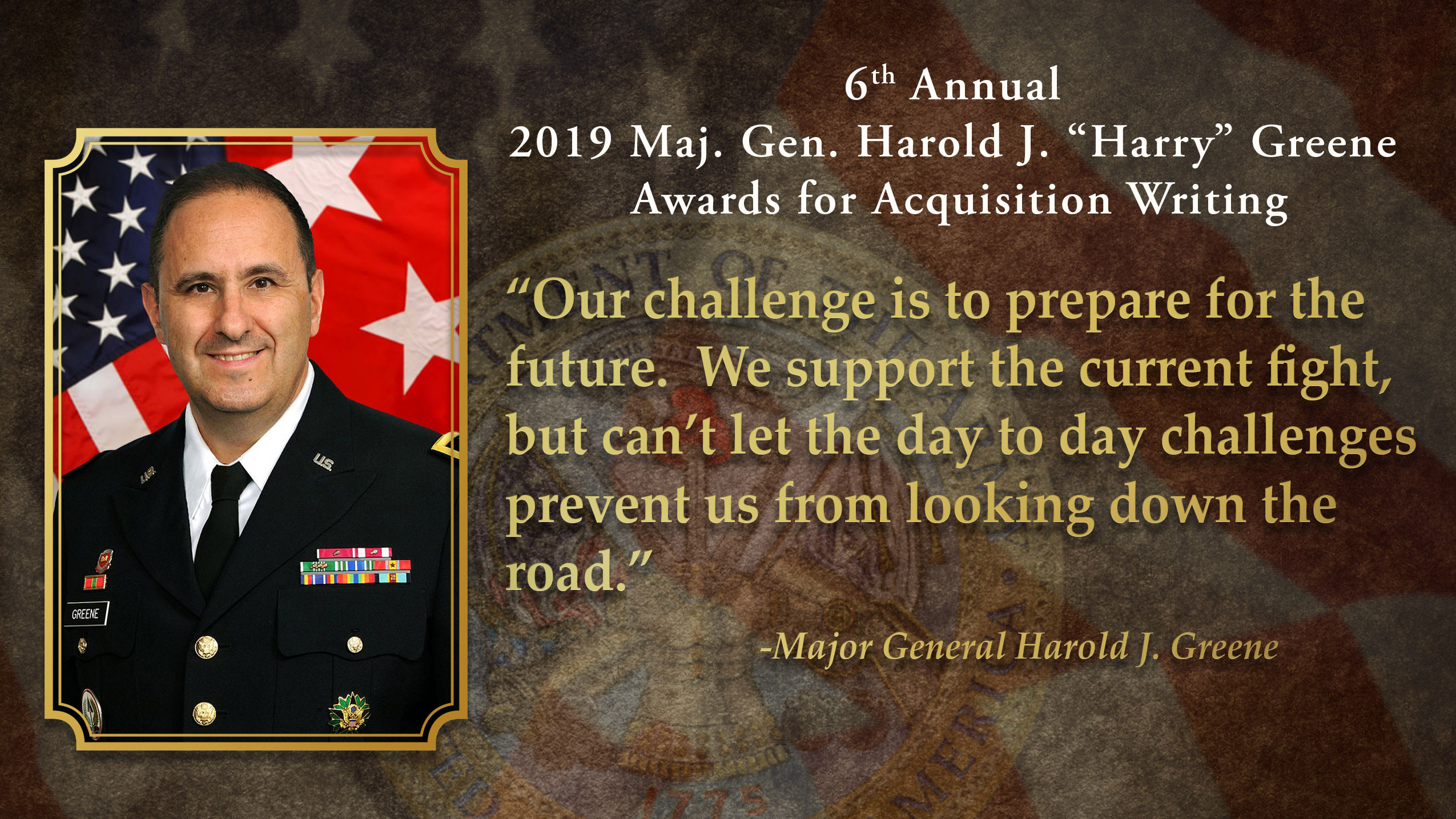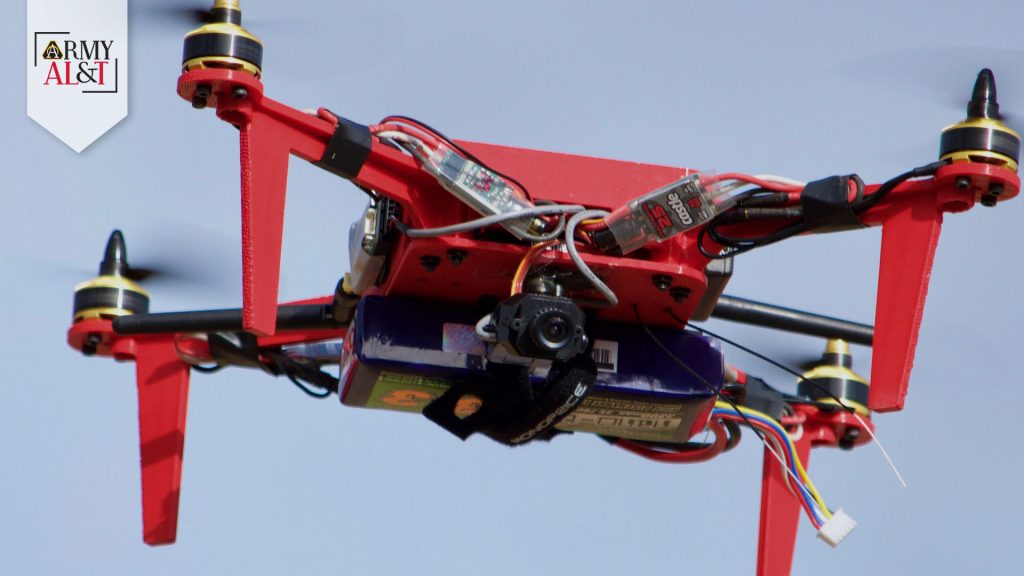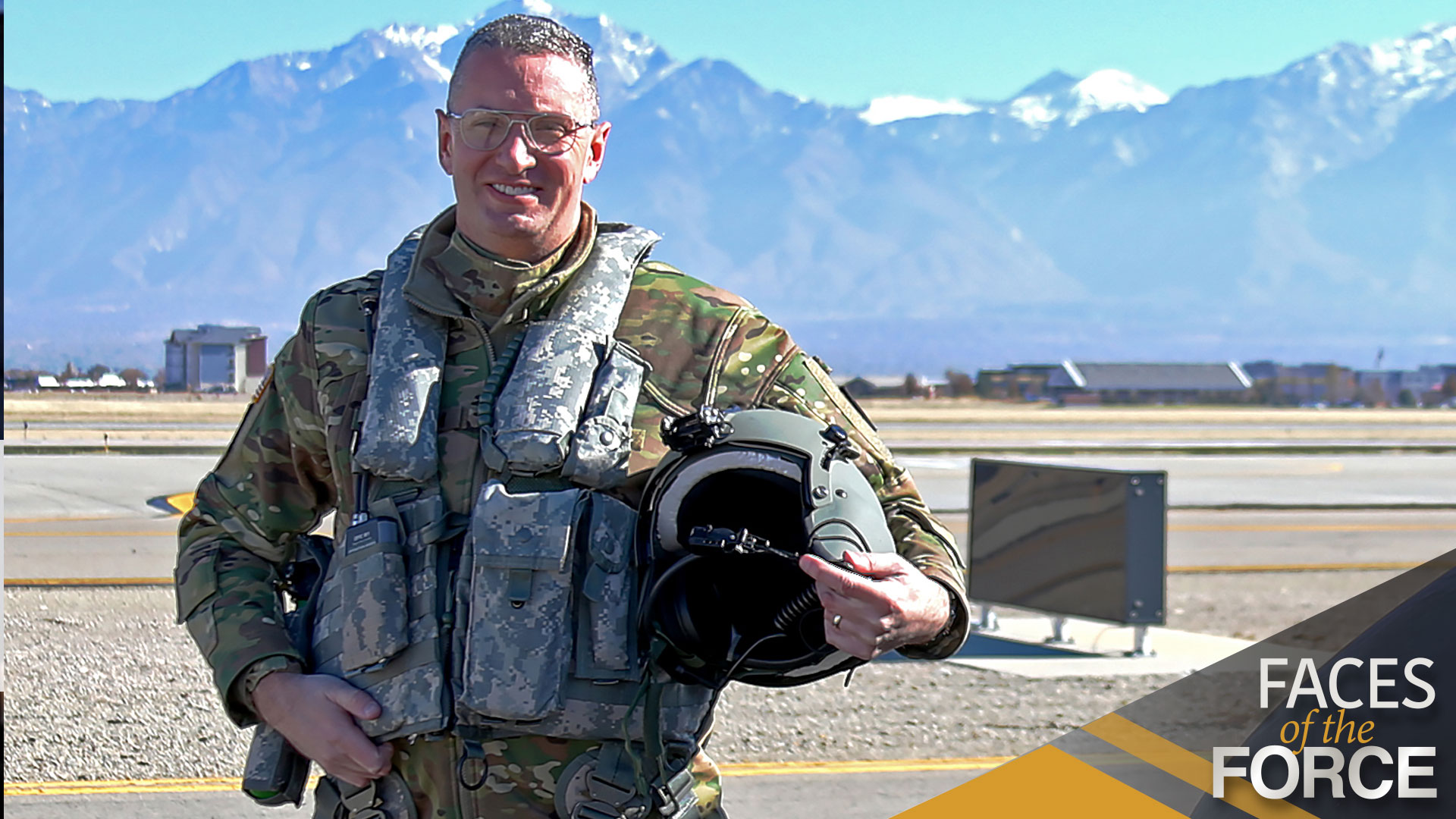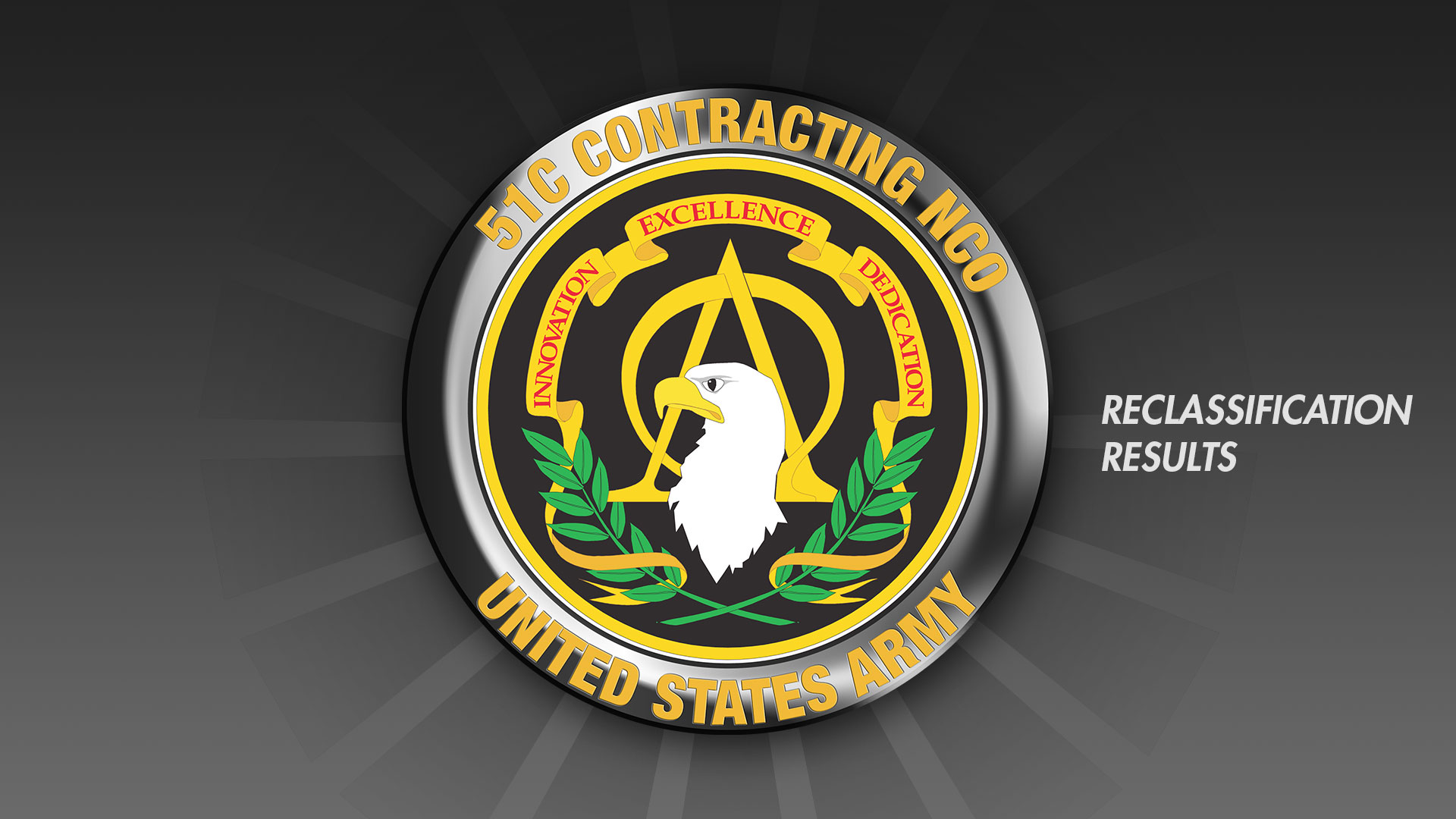Army AL&T News |
| OTs giving you a headache? DAU has a cure
Posted: 26 Dec 2018 08:24 AM PST by Army AL&T News Staff Confused about when other transactions (OTs) can be used? Defense Acquisition University has some answers. OTs are legal acquisition instruments other than contracts, grants or cooperative agreements that offer a streamlined method for carrying out prototype projects and transitioning successes into follow-on production. Hon. Ellen Lord, the undersecretary of defense for acquisition and sustainment, rolled out updated guidance to help the DOD acquisition workforce better understand and make the most of existing acquisition authorities. “As acquisition professionals, we need to make sure we use the best available acquisition and contracting strategies to satisfy operational objectives,” Lord said. OTs can be used for prototyping, approval thresholds and actions to facilitate the transition from prototype to production. In addition to updated guidance, Lord’s office also released a new version of the Other Transactions Guide, which provides a foundational overview of the concept in addition to real-world examples. Of special note are the other transaction myth-busters that debunk some of the most common misconceptions about OTs. To view the Other Transactions Guide, go to https://aaf.dau.mil/ot-guide/ (HTML) or https://www.dau.mil/tools/t/Other-Transactions-(OT)-Guide (downloadable, eReader friendly). |
| Innovation Through Agility
Posted: 26 Dec 2018 08:23 AM PST PEO EIS uses Agile teaming to build the Army’s Integrated Personnel and Pay System. by Col. Gregory S. Johnson Today, the Army faces a complex dilemma: how to deliver warfighting capabilities in an environment increasingly defined by rapid technological advances and the changing character of war. According to a summary of the 2018 National Defense Strategy, “Sharpening the American Military’s Competitive Edge,” the United States is facing a host of challenges from adversaries spanning the globe. The strategy highlights that we as a nation are “facing increased global disorder, characterized by decline in the long-standing rules-based international order.” The growing complexity of the global security environment provides the imperative for us to modernize. While modernization ensures that the American warfighter is equipped with the most capable weapon systems and equipment, it also applies to the processes and infrastructure that drive the management and pay of the Soldier: the Army’s most valuable resource. Currently, the Army uses approximately 200 human resources (HR) and pay systems to process routine transactions—none of which are standardized across the active, National Guard and Reserve components. This fragmentation and lack of standardization presents challenges to Soldiers and commanders alike, and detracts from the overall readiness of the total force. For example, a recent Army Inspector General report showed that roughly 29 percent of all formal Soldier inquiries submitted in FY15 dealt directly with personnel and pay issues. A subsequent investigation found that commanders struggled to keep up with administrative requirements, in large part because the Army’s HR and pay systems were not integrated. Overall, the research reveals that “the current Army HR automated systems at brigade and below lack the capability to create, route and track awards, leaves and promotions from initiation through completion,” among other problems that burden Soldiers and commanders and threaten mission readiness. Our current HR and pay environment limits the Army’s ability to effectively facilitate modern capabilities, including talent management. The complexity of more than 200 authoritative systems across the three Army components has led to inefficiencies, deviations and errors with Soldiers’ records. This limits our visibility and consequently our ability to unlock the potential of our people. Today’s environment is rooted in the industrial age, and we need to take it into the 21st century. To that end, as part of the Total Force Policy, the Army mandated the employment of an integrated personnel and pay system that standardizes business practices, provides authoritative data for military personnel and facilitates a continuum of service across all three components. The Integrated Personnel and Pay System – Army (IPPS-A) is our solution to a decades-long problem of inefficiency and data inaccuracy that has plagued the total force.
A USER-FOCUSED TEAM EFFORT The Army first set out to develop the new system at a time when DOD was struggling to integrate HR and pay capabilities for the Army, Air Force, Navy and Marine Corps. Recognizing the urgent need to modernize, the Army launched its own initiative to build a system tailored to the specific needs of the Army community and to improve access, timeliness and accuracy of records for each Soldier. IPPS-A’s objective is to fully operationalize HR and pay while simultaneously adding a talent management capability—an ambitious effort, given the bureaucratic complexity and multicomponent structure of our nation’s premier combat force. Since we began this effort, the IPPS-A team has made significant progress toward building a system that will totally transform our Army’s HR and pay processes. In the last 25 months, our program executed more than 660 critical engagements with Soldiers and Army civilians. (See Figure 1). We have engaged with stakeholders across the Army, including leaders and commanders at all levels—from the Pentagon to the battalion—HR professionals, and most important, our rank-and-file Soldiers. These engagements are critical to ensure that we capture and apply the feedback of those who will use IPPS-A as part of their daily activities. In addition, we have kept key decision-makers and stakeholders at the Office of the Secretary of Defense and HQDA and in Congress informed at every turn to solicit their support and ensure that they are aware of our progress. To date, our progress is based on our ability to operate as cross-functional Agile teams. Teams of total force Soldiers and Army civilians work together to customize and tailor commercial off-the-shelf products to meet the unique needs of the Army. We use the Agile methodology to break tasks into short phases of work with frequent reassessment and evaluation. We also rely on the expertise of HR and finance professionals, PeopleSoft developers, Army commanders, data integration developers, testers and many others filling diverse roles. And by using commercial software, we ultimately will allow the Army to rapidly modernize and update like private sector organizations. IPPS-A’s teams function differently from the typical Army chain of command. Senior leaders work hand in hand with other team members to uncover new and innovative ways to solve the challenges we encounter as we design, build and test the system. The emphasis is on self-government, a structure that enables our IPPS-A team to use a design process centered on the user and to facilitate events that consistently integrate the user early and often. We listen to feedback from the field and build the system in phases, each delivering value and improving the next delivery. For instance, our user juries provide Soldiers and Army civilians the opportunity to actually use the system and provide feedback on various features and functionality. IPPS-A uses operational mission scenarios to showcase how the system will improve the lives of Soldiers, commanders and HR professionals. These events also serve to train, develop and transition the total force in advance of IPPS-A’s deployment. Practical, hands-on, side-by-side assistance is recognized by the Army for not only supporting proficiency and readiness at the unit level, but also strengthening the relationships between HR and finance professionals pre-IPPS-A, collaboration that is essential to successfully executing the system. (See Figure 2)
THE IMPERATIVE FOR CONTINUED AGILITY Today’s fragmented personnel and pay systems are no longer adequate to meet the demands of our Army or address the complexity of an ever-changing security environment. Modernization is imperative, and the IPPS-A program remains committed to delivering a single, integrated personnel and pay system to all components. Only through harvesting industry innovation can IPPS-A expect to solve the Army’s larger, more nuanced problems of personnel and pay. “It is essential that the technical competencies of the Army, its battle labs, and laboratory and development systems be focused in two ways,” Dr. Bruce D. Jette, assistant secretary of the Army for acquisition, logistics and technology, said during a House Armed Services Committee hearing in March 2018. “First, to know what is being developed commercially which may benefit the Army and, second, what must be developed by the Army because of its unique military value.” CONCLUSION IPPS-A must be developed. As we deploy its capabilities to all three components, beginning with the National Guard in early 2019, the program will continue leveraging agile teams to innovate and formulate solutions to the challenges of building an integrated personnel and pay system. We will also continue listening to feedback from stakeholders at all levels as we rely heavily on this input to improve the utility and usability of the system. IPPS-A needs the continued support of Soldiers and Army civilians across the total force to bring this transformation to fruition. The IPPS-A Program is currently on track to roll-out initial capabilities to the National Guard in 2018-2019. As we work toward full operating capability, we remain committed to developing a system that embodies the mantra of “One Soldier, One Record, One Army” and we are going to get this done for the Total Force. For more information, go to the IPPS-A website at www.ipps-a.army.mil. Col. Gregory S. Johnson is the functional management division chief for IPPS-A, under the G-1 Technology and Business Architecture Integration (TBAI) directorate. He manages the partnership between TBAI and the Program Executive Office for Enterprise Information Systems (PEO EIS) to develop, deliver and set the conditions for successful sustainment of IPPS-A. He is a career Army Adjutant General Corps officer. He holds a master’s degree from the U.S. Army War College, a Master of Policy Management from Georgetown University’s Public Policy Institute and a Master of Education from the University of Oklahoma. He is a distinguished military graduate of the University of San Francisco, earning a B.A. in U.S. history. |




